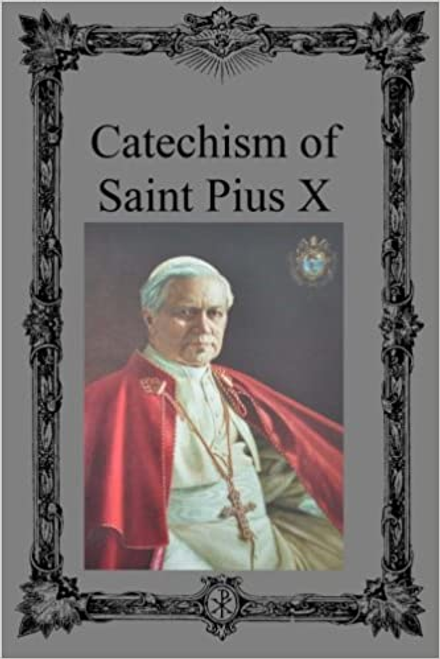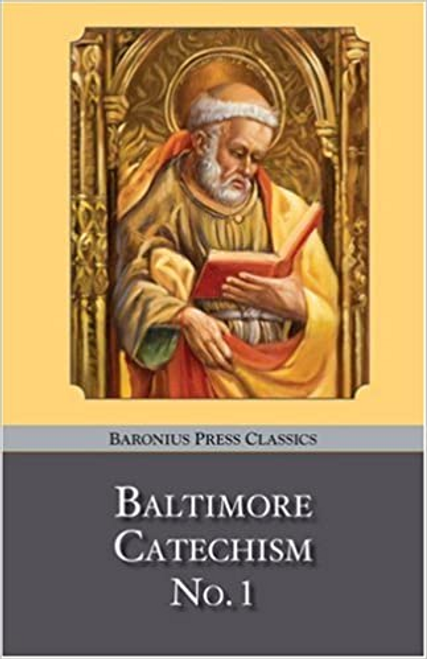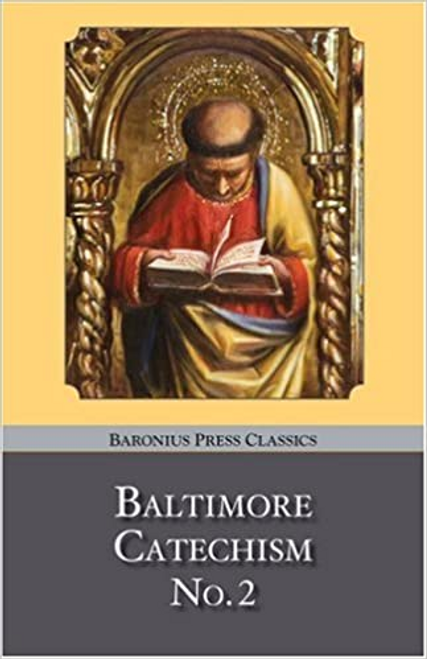The Fathers of the Council of Trent showed at a very early date that they were satisfied with none of the existing works, and that they were fully alive to the need and necessity of preparing an authoritative Catechism. The realisation of their desire, however, was retarded for several years by events over which they had little control; and when the work was finally taken in hand another idea prevailed, resulting in the publication of a manual for the use of the clergy, and not, as originally suggested, a Catechism for children and uninstructed adults.Of the countless Catechisms that continued to appear, two — those of Bellarmine and Canisius — have steadily held their ground ever since, and to a large extent have served as the models of nearly an subsequent compilations of the kind. The influence of Canisius, however, has on the whole been limited to Germany; whereas Bellarmine's Catechism , which was written by command of Pope Clement VIII in 1597, has been copied in almost every other country in the world. At an early date it was translated into Arabic, Latin, Modern Greek, French, Spanish, German, English, and Polish. It had the warm approbation of Clement VIII, who prescribed it for use in the Papal States; of Urban VIII, who directed it to be adopted in all the Eastern missions; of Innocent XIII and Benedict XIV; particularly of the very important Council of all Italy, held at Rome, in 1725, which made it obligatory in all the dioceses of the peninsula; and finally of the Vatican Council which indicated it as the model for a proposed universal Catechism.Though Bellarmine's Catechism was largely followed as a model all over the world, yet, owing to the modifications introduced in diocesan editions, it came to pass in the course of time that almost every diocese had its own Catechism, differing in many respects from the Catechisms of other dioceses.The obvious inconvenience of this bewildering multiplicity of Catechisms occupied the attention of the Fathers of the Vatican Council, the great majority of whom were agreed as to the desirability of having a uniform small Catechism for the faithful all over the world. Early during the sittings of the Council, forty-one of the assembled Fathers devoted six sessions (February 10 to February 22) to an examination of the question; and the report which they drew up occupied the attention of the whole Council during the sittings of April 29 and 30. The question being put to a vote on May 4, an immense majority was found to be in favour of the compilation of a small uniform Catechism, to be compiled in Latin, translated into every language, and made obligatory in every diocese. But the approach of the Italian troops towards the walls of Rome brought the Council to an untimely end and there was no time to promulgate the constitution on the proposed uniform Catechism, so that it has not the force of law.The idea, however, has never been lost sight of. During the sitting of the first Catechetical Congress in 1880, the then Bishop of Mantua (later St. Pius X) proposed that the Holy Father be petitioned to arrange for the compilation of a simple, plain, brief, and popular Catechism for uniform use all over the world. Shortly after his elevation to the Chair of Peter, Pius X at once set about realising, within certain limits, his own proposal of 1880, by prescribing a uniform Catechism — the Compendium of Christian Doctrine — for use in the dioceses of the ecclesiastical province of Rome, at the same time indicating that it was his earnest desire to have the same manual adopted all over Italy. The text selected was, with slight modifications, that which had been adopted for some years by the united hierarchy of Piedmont, Liguria, Lombardy, Emilia, and Tuscany.
1 Review Hide Reviews Show Reviews
-
Catechism of St Pius
Wonderful explanation clear and will be a great help for me since I started teaching confirmation classes in our church








